Roller Drum Peel Test Fixture (ASTM D3167)
Model No. WTF-RD (Stainless Steel)
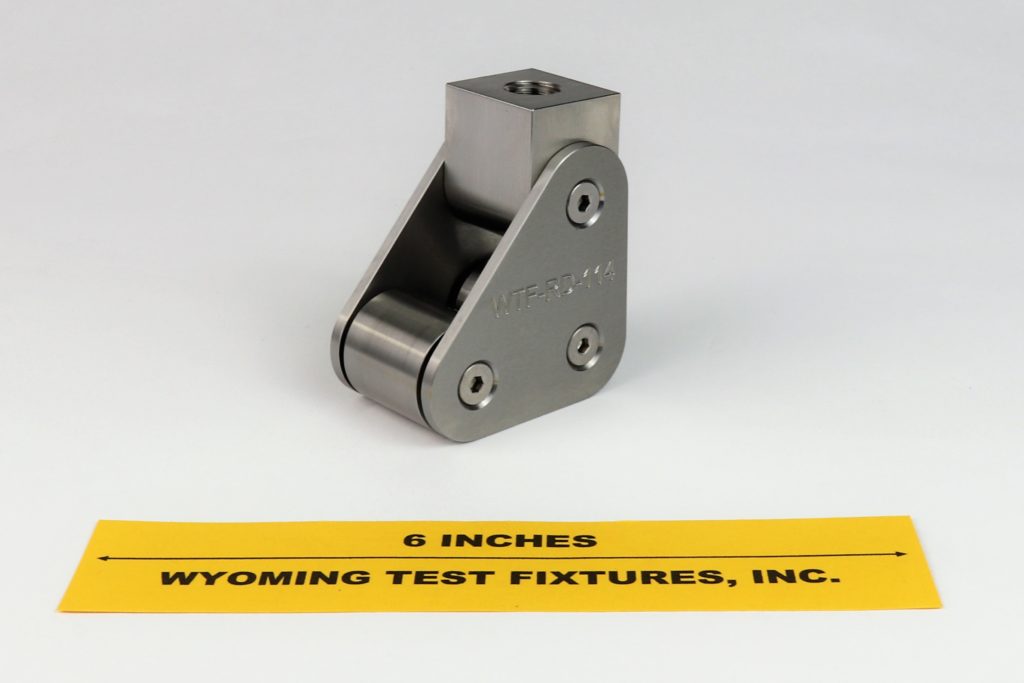
Fig. 1: Standard Roller Drum
The Floating Roller Peel Test, or Roller Drum Peel Test as it is sometimes called, was first standardized by ASTM in 1973 (Reference 1). As stated in that standard, it is of value for acceptance and process control testing, and may be used as an alternative to the Climbing Drum Peel Test Method (Reference 2) when that fixture is not available. (The Climbing Drum Peel Test Fixture is available from Wyoming Test Fixtures, Inc. as Model WTF-CD, and described on the Climbing Drum Peel Test Fixture page of this website.) The Roller Drum Peel test is a more severe test than the Climbing Drum Peel test, however, since the angle of peel is greater.
Two views of the complete fixture are shown in the photograph of Fig. 1. The fixture attaches to the crosshead of a tensile testing machine via the 0.5"-13 UNC threaded hole visible in the pivoting adapter. The two 1" diameter specimen support rollers, which contain bronze bushings to minimize friction, are at the bottom.
The standard laminate test specimen is 0.5" wide and at least 10" long, including a 2" extension of the flexible adherend at one end, which is gripped at the base of the testing machine. Other specimen widths can also be used, up to the 1" width capacity of the fixture. The laminate consists of a flexible adherend bonded to a rigid adherend. While the required thickness of each adherend will depend upon the type of material used, when no thicknesses are specified the ASTM Standard suggests 0.025" for the flexible adherend and 0.064" for the rigid adherend. The critical requirement, however, is that the rigid adherend not bend excessively during the test.
Typically a wide panel (the ASTM Standard suggests a 3" width) is fabricated, as indicated in the sketch below, from which individual 0.5" wide specimens are cut. The 2" extension of the flexible adherend is then bent either before or while the specimen is being inserted in the fixture in the manner indicated in Fig. 2. At least 1” of this extension is then gripped in a standard tensile grip mounted in the base of the testing machine. The average force per unit width of specimen required to peel the flexible adherend away from the rigid adherend is the quantity measured.
Details of specimen preparation, the test procedure, and data reduction are included in ASTM D3167, from which the sketches of Fig. 2 are taken. Useful additional procedural information and discussion is also presented in Reference 3.
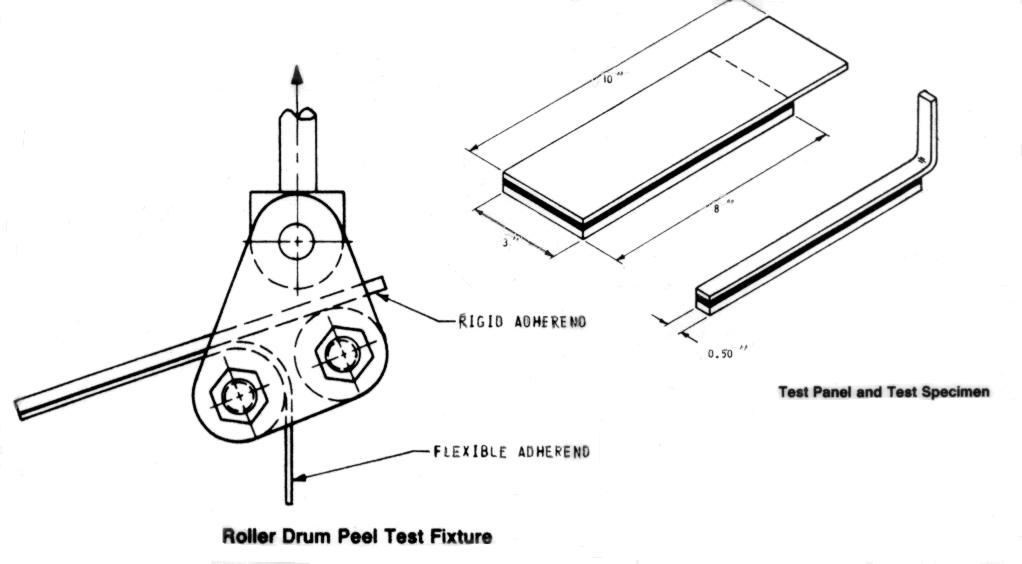
Fig. 2: Details of specimen fabrication and Installation from ASTM D3167.
The ASTM standard fixture will accommodate specimens up to 1” wide, with a rigid adherend up to 0.3” thick and a flexible adherend up to 0.2” thick.
Special fixtures can be designed and fabricated to accommodate larger, nonstandard specimens, if required. An example is shown in Fig. 3. The special fixture on the right will accommodate specimens up to 1.75” wide.
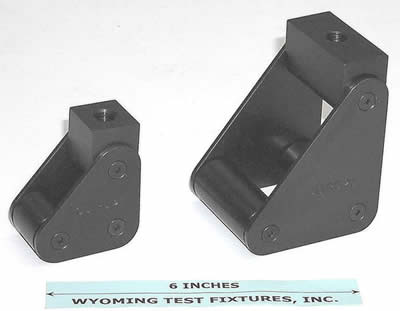
Fig. 3: Standard size Roller Drum Peel Test Fixture at left and 1.75" wide fixture at right.
Another example of a special size fixture is that shown at at the left in Fig. 4, a standard size fixture being shown at the right. This special fixture will accomodate specimens up to 4" wide. Obviously we can fabricate special fixtures of any desired size required.
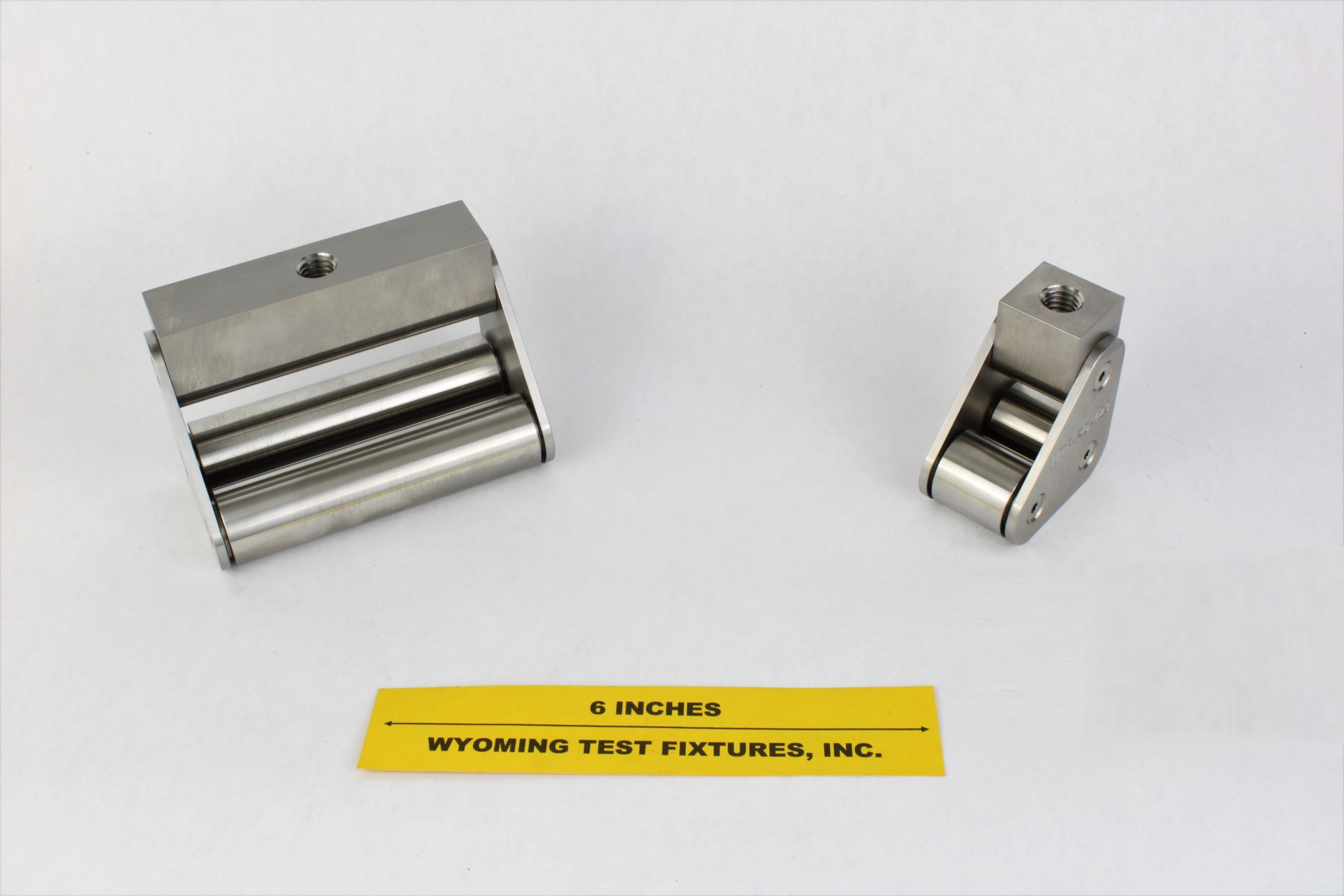
Fig. 4: Special 4" wide fixture shown at left with standard fixture at right.
A modified version of the roller drum peel test fixture has been developed by Boeing, as presented in Boeing Specification Support Standard BSS 726 (Reference 4). Although being titled for use in testing metal-to-metal bonds, it is used for testing the adhesive bonding between composite laminates as well. The fixture is shown in Fig. 5.
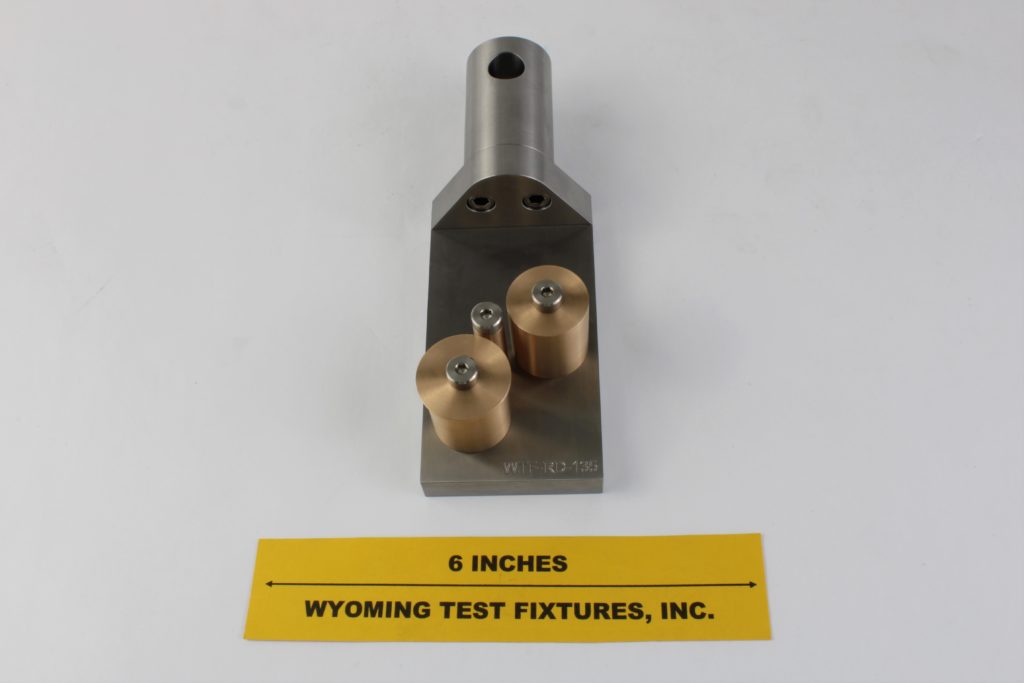
Fig. 5: Modified Roller Drum (Floating Roller) Peel Test Fixture (Boeing Standard BSS 7206), a modification of ASTM D3167.
The basic change from the ASTM standard fixture is to add a 3/8” diameter intermediate support roller between the two main 1” diameter rollers. Note also that the fixture has an open front face, facilitating specimen installation. The standard specimen is 1” wide and 14” long, with 2” of the specimen at one end unbonded. The testing procedure is essentially the same as for the ASTM standard fixture.
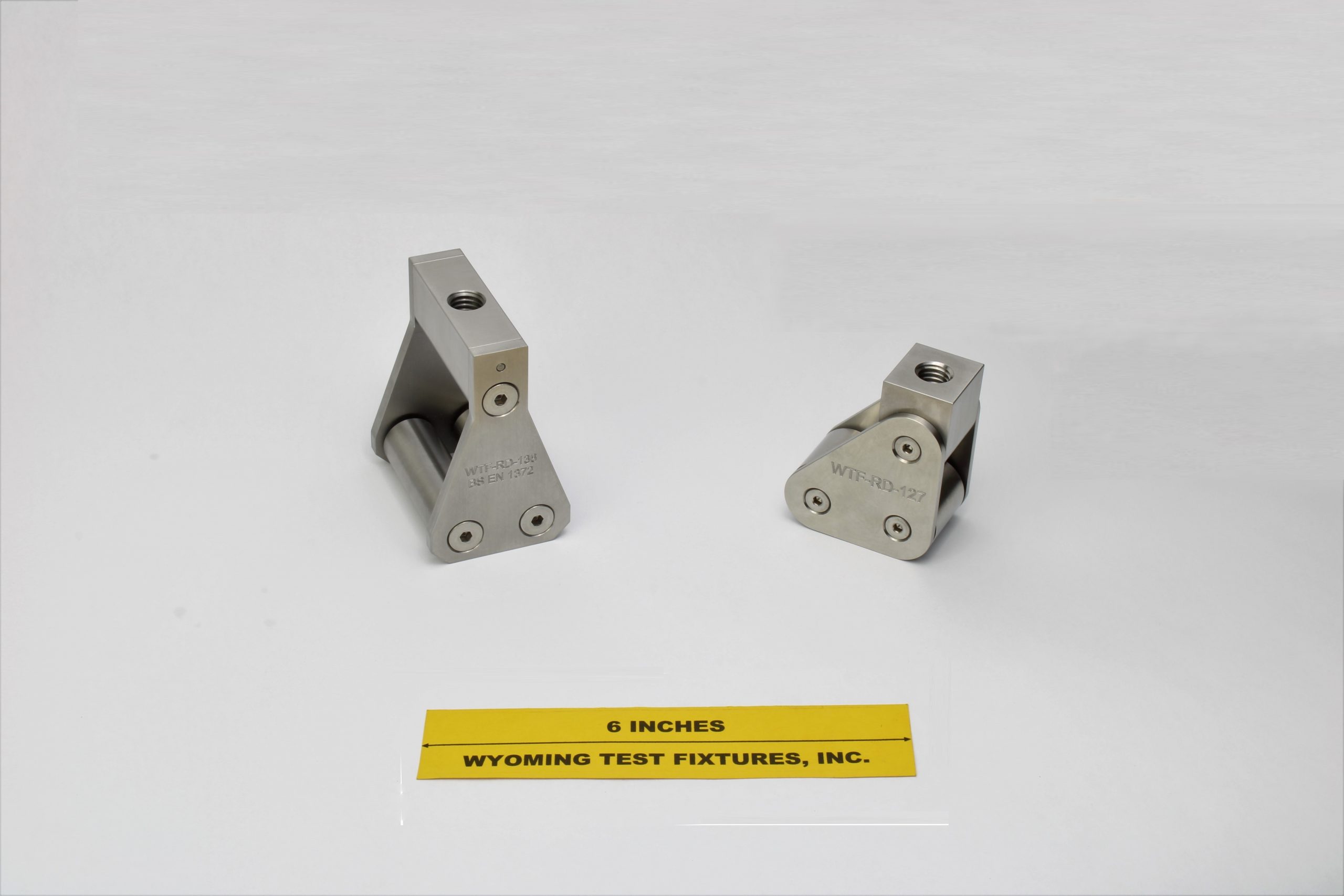
Fig. 6: Custom RD 90 Degree Peel Test Fixture (BS EN 1372) shown at left with a standard fixture at the right.
Source of Additional Information:
1) ASTM Standard D 3167-03 (2003; Reapproved 2004), "Floating Roller Peel Resistance of Adhesives," American Society for Testing and Materials, West Conshohocken, Pennsylvania (first issued in 1973).
2) ASTM Standard D 1781-98 (1998; Reapproved 2004), "Climbing Drum Peel Test for Adhesives," American Society for Testing and Materials, West Conshohoken, Pennsylvania (first issued in 1960).
3) T.J. Whitney and D.R. Askins, "Determination of Minimum Adherend Thickness for Climbing Drum and Floating Roller Adhesive Tests," Report WL-TR-91-4086, Wright Lab., Wright Patterson AFB, Ohio, January 1992.
4) Boeing Specification Support Standard BSS 7206, “Peel, Metal to Metal, Adhesive Bonded,” The Boeing Company, Seattle, Washington, Originally issued September 1974, Revised April 1986.

